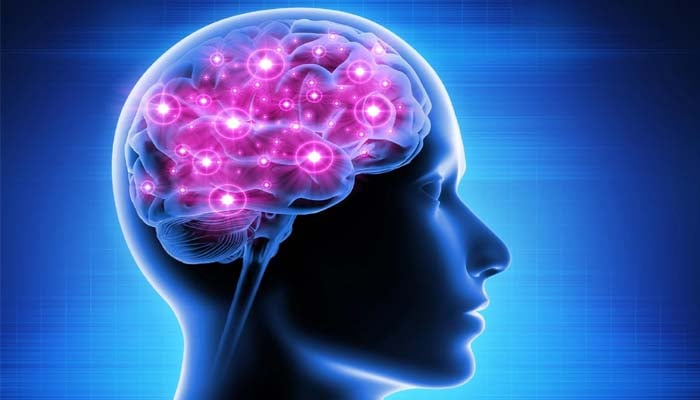
Scientists from the University of Cambridge and the University of Pittsburgh have detected four significant turning points in what the brain undergoes from birth to old age.
Using MRI scans from 3,802 healthy people aged from infancy to 90, they discovered that the brain moves through five major “epochs” marked by structural shifts at around ages 9, 32, 66, and 83.
The first epoch, from birth to age 9, is defined by increasing growth of gray and white matter as the brain establishes an excess of neural connections.
When a person reaches the stage of puberty, these connections start to reduce for enhanced efficiency.
Adolescence marks the second epoch, with continued white matter growth and increased connectivity with an increase in sex hormones.
The brain reaches the level of maturity and becomes faster and refined.
At around age 32, the brain enters adulthood, where its wiring stabilizes. This period shows the greatest restructuring and change in network direction, continuing a long phase of increasing specialisation between brain regions.
Around age 66, early aging begins. Neural networks gradually weaken, becoming less efficient as white matter starts to decline.
When the person crosses over the age of 80, the brain enters late aging, marked by a major shift from strong global connectivity to heavier dependence on local networks.
Scientists stated these epochs provides essential details into why certain stages of life may be more vulnerable to memory loss, neurological disorders, and more issues.












